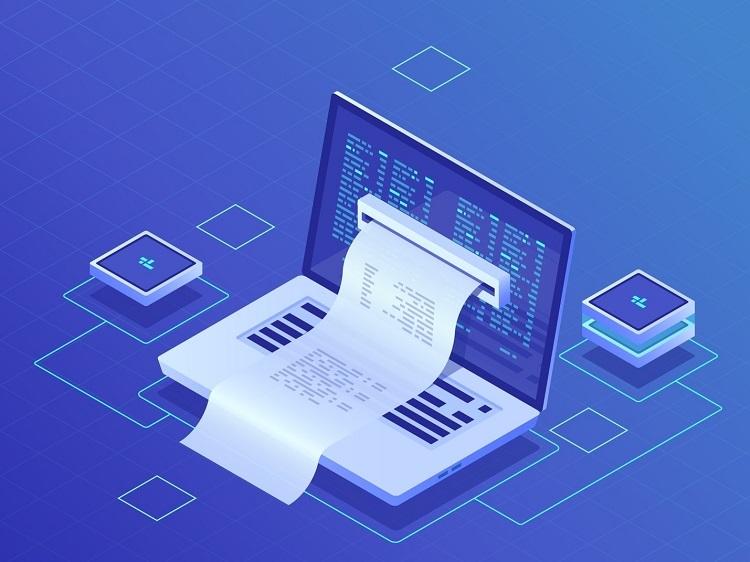The road to digital transformation in Financial Services (FS) has been a long and winding one. For the most part, banks and other FS providers are aware that they need to change and digitise their operations, products, and services.
The past decade has seen the emergence more agile fintech start-ups who are able to offer consumer and business customers banking services in a more digitally-savvy manner. Banks are trying to respond to this, but it isn’t easy.
Modernizing information management to deliver business value
In order to solve the information challenges faced by today’s FS organizations, a modern solution is required. For increasing numbers of banks, this solution is a Content Services Platform (CSP).
From a high level, a CSP may look like the Enterprise Content Management (ECM) systems of the past. However, there are three areas in which a CSP significantly differs from an ECM solution:
- Modern: A Content Services Platform needs to be a part of the modern information management toolkit, not built 10 years ago in a time before mobile and cloud had taken off. In addition, it needs to be able to natively and effectively manage all of the data and content types that are used in FS today – video, audio, social media, etc.- not just scanned documents and word files. Finally, it needs to have the scalability do all of this for billions of items. In short—a CSP needs to address the Big Content challenge head on.
- Connected: ECM solutions were designed to be insular—they were sold as the ‘one place to store all of your content.’ As most FS institutions will testify to, that never actually happened.
CSPs take a very different approach. While still having the ability to store data and content locally (in their own repository), modern CSPs are able to connect to other information systems and repositories within a business. This federated content services approach means that they can access content stored in an old ECM system, or data stored in a legacy accounting application—all from a single platform. This is key and provides users with a single hub to go to in order to store and retrieve information across the enterprise.
This is about allowing internal users to store, view, edit, and interact with data and content however they need to. That could be via the CSP interface, but equally it could be via other integrated apps, a productivity app (such as MS Outlook), a line of business app, a web portal, or even a custom-built application to perform a specific task or process.
A flexible approach to information management modernization
However, there is a simple approach that can deliver both ROI and TCO, without the need for a rip-and-replace model. If a bank focuses on the modernization of legacy applications via a Content Services Platform, with a connect and consolidate strategy for managing information management systems, then there is a better way to progress.
This connect and consolidate methodology for information modernization can deliver both short term ROI and longer term reduced TCO and can also lay the foundation for further digital transformation efforts.
Because we work in a digital world where information is everywhere, and every operational and business function in FS depends on this information, it makes perfect sense to base any digital journey around this. For any FS organisation embarking on digital transformation in 2019, content services should always be the foundation and starting point.


